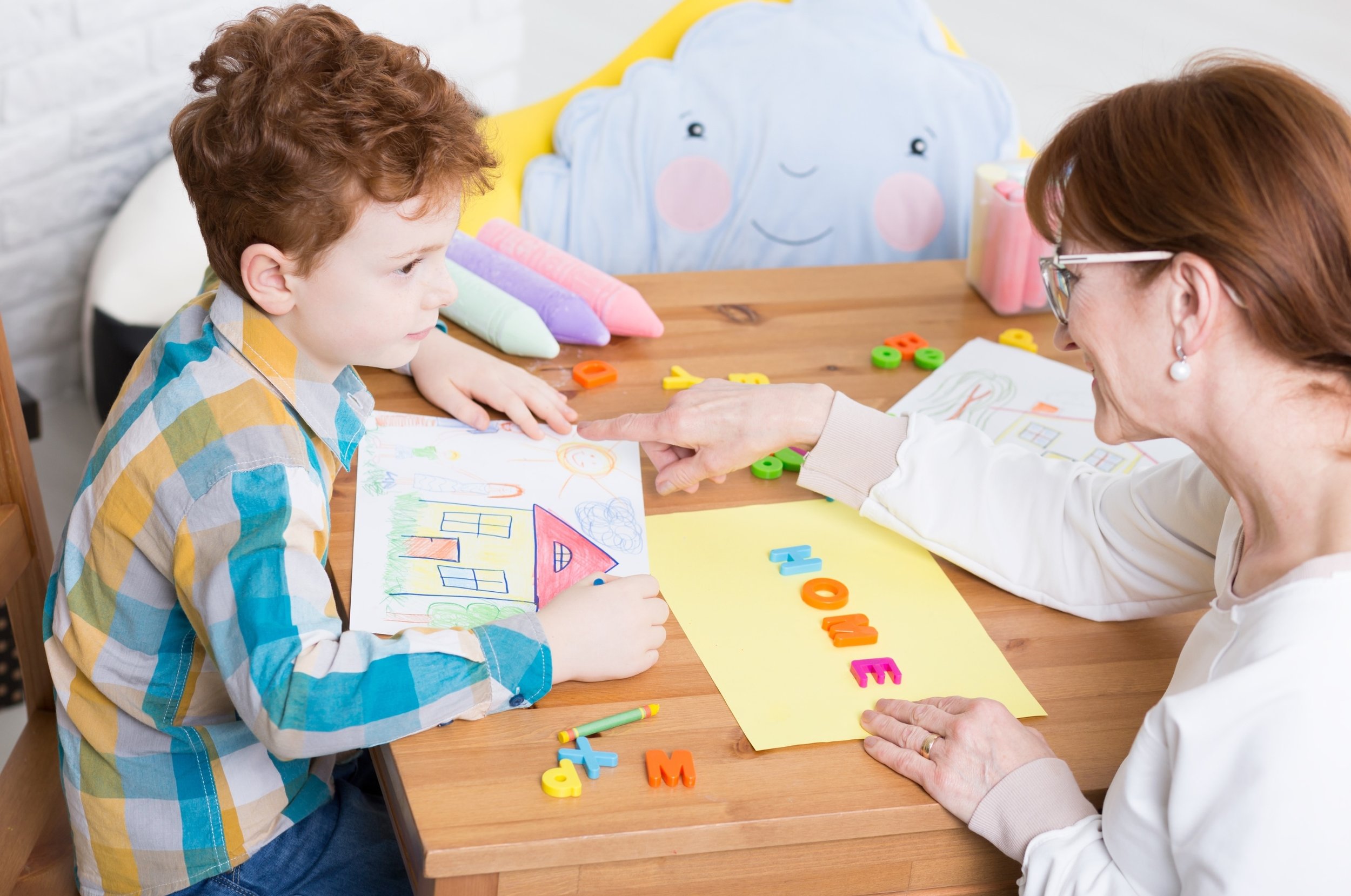
Creating Cultural Connections
Art in Action's elementary curriculum emphasizes cultural diversity, introducing students to a wide range of artistic traditions and fostering a more inclusive worldview through visual arts.

Art That Unites
Art in Action's curriculum helps Northern California schools bridge cultural divides by incorporating global art traditions, fostering empathy, and creating inclusive classroom communities.

Art Integration Success Stories
Schools nationwide are enhancing student engagement and academic performance by integrating Art in Action's curriculum, demonstrating the transformative power of art in education.

Supporting Teachers with Limited Art Experience
Art in Action provides professional development for educators, equipping them with the tools and confidence to deliver quality art instruction, regardless of their prior art experience.

Art History Connections
Art in Action's elementary curriculum brings master artists into the classroom through engaging projects that connect art history with hands-on learning, fostering appreciation for diverse artistic traditions.

Behind the Lessons
Art in Action offers a comprehensive K–8 art curriculum that aligns with Common Core and state standards, integrating art techniques, history, and cross-curricular connections to foster critical thinking and creative expression.

Beyond the Brush: Expanding K-8 Art Curriculum Through Diverse Mediums and Methods
Great art education isn’t limited to paintbrushes. By incorporating diverse materials like clay, collage, and digital media, schools give students new ways to explore, express, and connect—enhancing engagement and inclusivity in every classroom.

Healing Through Expression: How Elementary Art Curriculum Supports Student Mental Wellbeing
Art helps children process emotions, build resilience, and feel connected—making it an essential part of student mental wellness. Schools that prioritize art and SEL create healthier, more supportive learning environments.

Measuring Growth: Effective Art Assessment Strategies for K-8 Classrooms
Assessing art doesn’t have to be subjective. With tools like rubrics, portfolios, and self-reflection, educators can track student growth, creativity, and mastery of techniques in a meaningful and consistent way.

Art and Social Emotional Learning: Developing the Whole Child Through Visual Expression
Art provides students with a powerful tool for emotional expression and self-discovery. Through projects tied to social-emotional learning (SEL), students build empathy, resilience, and communication skills—key elements of whole-child development.

What is the National Core Standard for Art Curriculum and Why Does It Matter
The National Core Arts Standards (NCAS) provide a clear, structured framework for high-quality art education. By focusing on creating, presenting, responding, and connecting, these standards help educators deliver a consistent and impactful K–8 art curriculum that supports creativity and lifelong learning.

Innovation Meets Standards-Based Art Education: How Silicon Valley Schools Are Transforming Their Elementary Art Curriculum
In Silicon Valley, innovation extends beyond tech campuses into K–8 classrooms where schools are merging digital tools with standards-based art education. From 3D printing to digital drawing, students are exploring modern mediums while building creative problem-solving skills—all grounded in national art standards.

Introducing the Art + Wellness Series: Nurturing Creativity and Emotional Health Through Art
Art in Action’s new Art + Wellness Series offers simple, mindful art activities designed to support emotional health and creative expression in grades 4–8. Perfect for Mental Health Awareness Month, these process-based lessons promote self-awareness, stress relief, and resilience—one Spark at a time.

In the Land of Code and Startups, Here’s Why Bay Area Kids Still Need Art
In Silicon Valley, where tech reigns supreme, art education is more vital than ever. Explore how creativity, emotional intelligence, and visual thinking—nurtured through K–8 art curriculum—equip kids for success in a digital world.

How to Integrate Art Across Math, Science, and History
Discover how integrating art into math, science, and history can boost student engagement, deepen understanding, and meet academic goals. See real examples of how K–8 classrooms bring learning to life through cross-curricular art education.

How Bay Area Schools Are Prioritizing Arts Education in 2025
Bay Area schools are leading the charge in prioritizing arts education in 2025, thanks to Prop 28 funding. Learn how local districts are investing in K–8 visual arts programs that support creativity, academic success, and whole-child development.

Why Every Child Deserves Art: Our Responsibility to the Next Generation
Art is not a luxury—it’s a necessity. Discover why access to visual arts is a right every child deserves, and how schools, families, and communities can work together to champion creativity through a K–8 art curriculum.

A Celebration of Creativity and Impact – OBJECT:ART 2025
Art in Action’s OBJECT:ART 2025 gala was an inspiring evening of creativity and community. Thanks to our generous supporters, we raised over $158,000—including $40,000 for scholarships that will bring art education and supplies to more than 1,100 students in need.

What Makes a Great Elementary Art Curriculum (And Why It Matters)
A great elementary art curriculum does more than teach technique—it builds creativity, empathy, and confidence. Learn what to look for in a high-quality K–8 art program for schools, afterschool, or homeschool settings.

The ROI of Art: Why Principals Should Prioritize Visual Arts in 2025
Discover why investing in visual arts is one of the smartest decisions school leaders can make in 2025. Learn how a strong K-8 art curriculum improves academics, well-being, and 21st-century skills.
